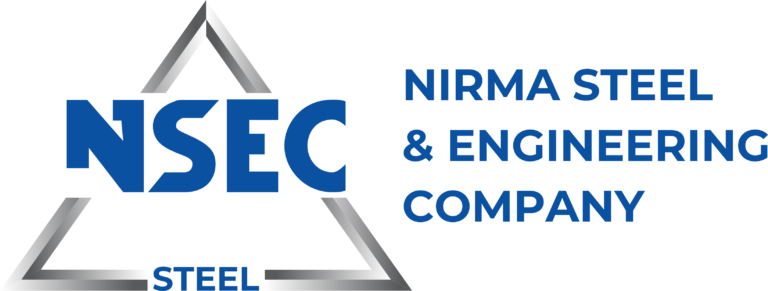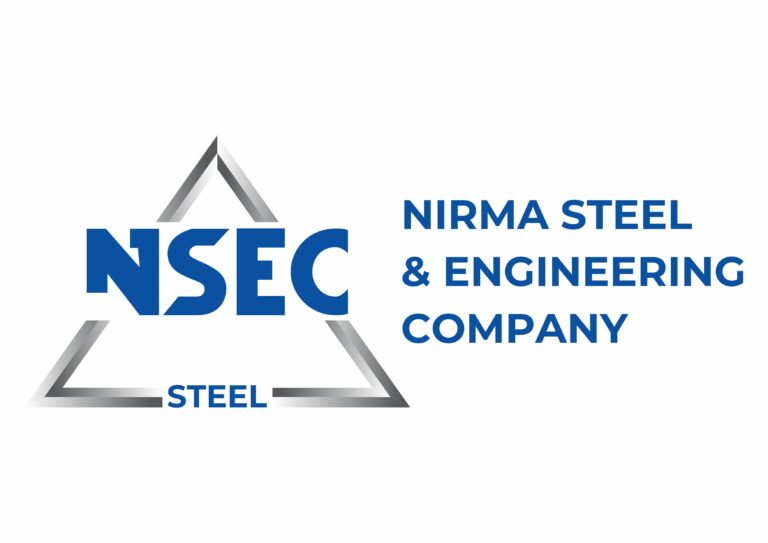Stainless Steel Pipe
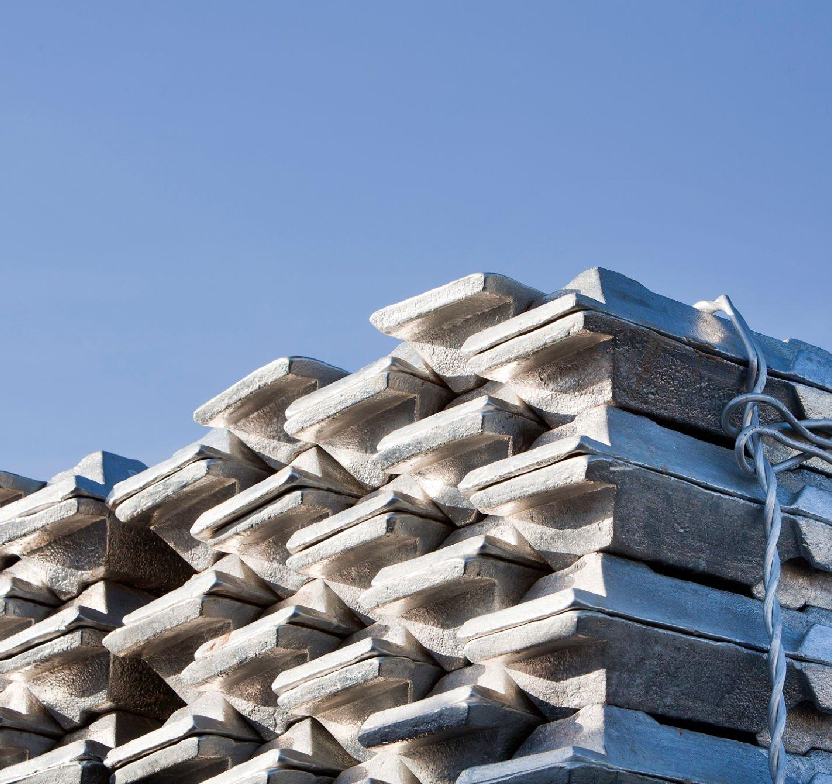
Get Professional Help
98400 36235
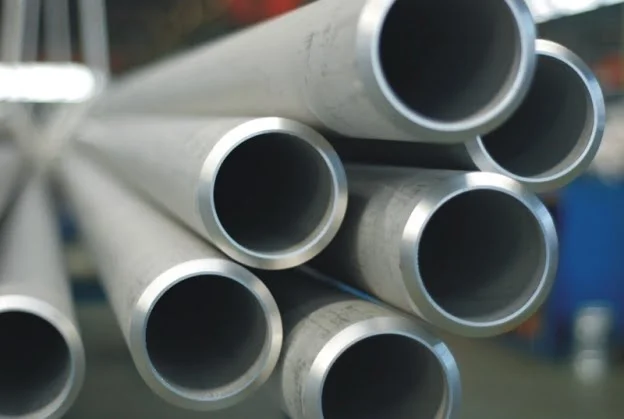
What Is Stainless Steel Pipe?
Stainless steel piping components belong to a ferrous group of alloys. A Stainless Steel Pipe is designed with a minimum of 11% chromium content embedded in the pipe. The chromium content creates a coating on the SS Pipe, giving it enhanced resistance against corrosive and oxidative media across stress-induced environments. The Stainless Steel Tube showcases enhanced durability and strength and allows the grade to work in high-temperature and pressure systems. The aesthetically appealing Stainless Steel Round Pipe is designed with a circular cross-section. These pipes can be readily fabricated and are easy to maintain and clean. The environmentally friendly pipes can be recycled and reused.
Stainless Steel Pipe Specifications
| SS Pipes Specification | ASTM A312, A213, A358, A249, A269, A688, EN 10217-7 ASME SA 213, SA 312 SA269, SA 358, SA 249, SA 688 |
|---|---|
| Stainless steel Smis Pipes sizes Chart | 5 To 1219.2 MM |
| Stainless Steel Welded Pipes sizes in MM | 4 - 219 Milimeter Wall thickness 0.5 20 MM |
| SS EFW Pipes sizes | 5 To 1219.2 MM |
| Square Pipes available Stock Range | 50, 25. 36, 30, 18, 17. 20, 22 38, 23, 19, 21, 28, 24, MM |
| Round Pipes available Stock Range | 38.1 20, 19, 16, 23, 76.2 18, 21, 17, 60, 25, 63.5, 28, 31.8, 101, 48, 35, 89, 22 50.8, 114, 36, MM |
| Marking | Nominal Pipes Sizes Specification Manufacturing Method (Welded / Seamless) Grade Pipes Schedule or Wall Thickness Supplier / Manufacturer's Name or Custom Logo - on request Heat Number |
| Thickness Check | Exact 0.28 0.32 0.51 1.11, 0.25. 0.41. 1.15, 0.71, 0.61 0.37, 1.41. 0.91 MM |
| Rectangle Pipes available Stock | 28*13, 34*22 10*30. 29*14, 95*4 10*50, 75*45, 28*25, 10*40 30*22 60*30, 30*20, 30*15, 36*23, 23*11, 20*10, 50*25, 25*13 24*12,5 mm |
| Pipes Schedule | SCH20, XXS, SCH60, SCH160 XS, SCH40S SCH30, SCHIOS SCH80, SCH120 STD. SCH10. SCH5. SCH80. SCH40, SCH140 |
| Form of SS Pipes | Round, Rectangular Straight Hydraulic, Square, Hollow Pipes Etc. |
| Length of Stainless Steel Seamless Pipes | Single random Double and Cut length |
| Marking | All SS Pipes are marked as follows: Standard Grade, Thickness, Length, OD. Heat No. |
| Pipe Finish | MF AP. BA. Polished |
| Stainless steel Pipes End | Treaded, Beveled End, Plain End |
| Material Test Certificate (MTC) provided by Stainless Steel Pipe Supplier | ISO 14001:2015, PED, ISO 9001:2005 Ultrasonic Testing (UT), NDE, EIL, Radiographic Testing (RT). IBR, |
| Supplier of Stainless Steel ERW Pipes offer various shapes | Round Oval Triangle, Semi-Round Semi-oval Rhomboid Square Rectangle, Hollow, Elliptical Hollow, Semi-Rhomboid |
| Material test certificates | Material test certificate as per EN 10204/ 3.1B and EN 10204 3.2 |
Types Of SS Pipe
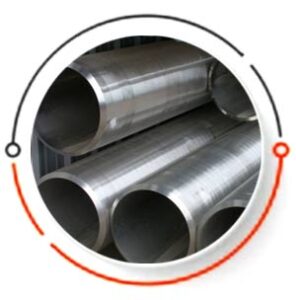
Thick wall SS pipe
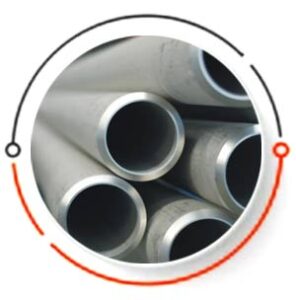
Stainless Steel Seamless Pipe
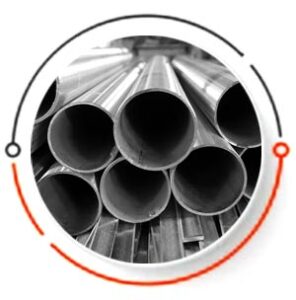
SS Welded Pipe
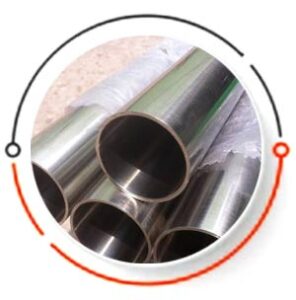
SS Erw Pipe
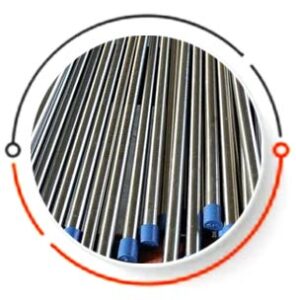
SS bright annealed tubing
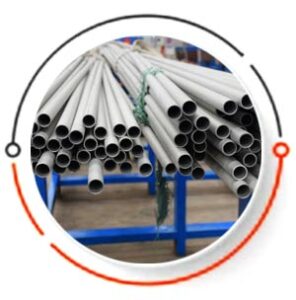
Astm A312 Stainless Steel Boiler Pipe
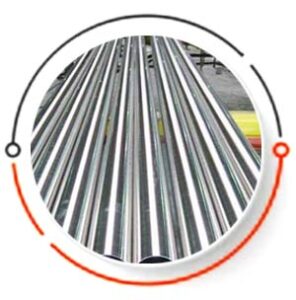
Electropolished Stainless Steel Pipe
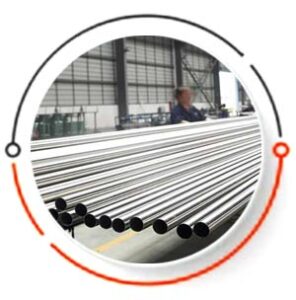
High Temperature Stainless Steel Pipe
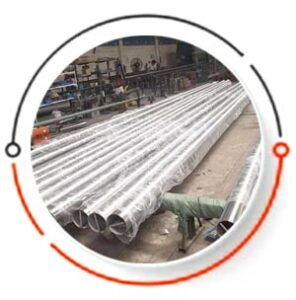
Austenitic Stainless Steel Pipe
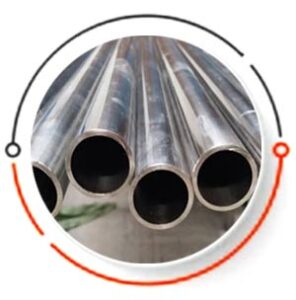
Stainless Steel Schedule 40 Pipe
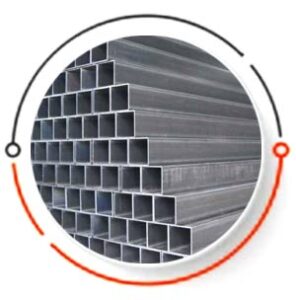
Stainless Steel Square Pipe

Stainless Steel Schedule 10 Pipe
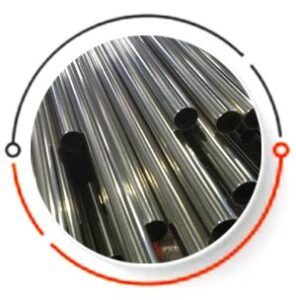
Ss Round Pipe
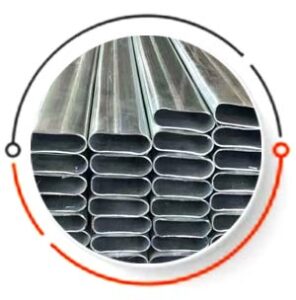
Ss Oval Pipe
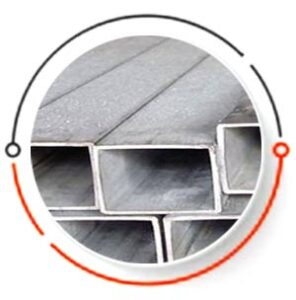
Ss Rectangular Pipe
Advantages And Disadvantages Of Stainless Steel Pipe
| Resistance to Corrosion | Stainless steel is resistant to corrosion, whether rust-based or otherwise. As such, stainless steel is perfectly suitable for a wide range of environments - it's worth noting, however, that despite being corrosion-resistant, there are still certain chemical environments that may pose a problem for stainless steel equipment. Speak with the vendor for more details about the limitations, and how you can avoid exposing your new stainless steel equipment to those corrosion risks. |
|---|---|
| Superior Durability | Stainless steel offers industry-leading durability - simply put, the material is strong and holds its shape. It is highly resistant to impact and structural damage, and the rigidity of the steel is preserved with a broad temperature range (up to roughly 1400 degree Fahrenheit, at the top end). |
| Resale Value is Preserved Over Time | Because stainless steel equipment is so durable, and can be maintained in tip-top condition for a long time, it tends to hold substantial resale value. This makes it a fairly safe and reasonable investment, even if you're not sure whether you'll have to replace the equipment with new equipment at a later date. |
| Commonplace in Today's Market | Stainless steel equipment is fairly commonplace, so you're most likely not going to run into issues with finding vendors with the requisite stainless steel equipment on sale. If you can't think of any reasons to go for an alternative material, it may be worth purchasing stainless steel equipment as the "default" choice, assuming that you have sufficient capital |
| Equipment Stays Clean for Longer | Unlike other popular materials, such as wood, grooved plastic, and various metal alloys (like aluminum), stainless steel retains a smooth and even surface quite easily. So long as you properly maintain the steel, there will be very few dips, crevices, and grooves that form in the steel. This makes it much easier to keep the steel clean, as there is less opportunity for dirt, oil, and dust capture - further, bacteria will not have an opportunity to grow and thrive in these hidden areas. |
Disadvantages
| May Be Prone to Collecting Dirt (and Smudging) | Stainless steel is a magnet for dirt, dust, and smudges (though it's easy to clean off). This isn't necessarily a problem in the commercial kitchen, but if you have customer- facing equipment, then you may have to make extra efforts to ensure that the equipment is dirt and smudge-free so as not to detract from the experience. |
|---|---|
| Tends to be More Expensive Than Alternatives | Unfortunately, stainless steel equipment tends to be more expensive than other materials, such as aluminum. This is perhaps the most fundamental disadvantage of stainless steel equipment, though it's worth reiterating that the resale value of stainless steel equipment is quite high, which can help defray the costs. Further, stainless steel is more durable, and maintenance is easier, so - years down the line - you may find that the overall cost evens out. |
